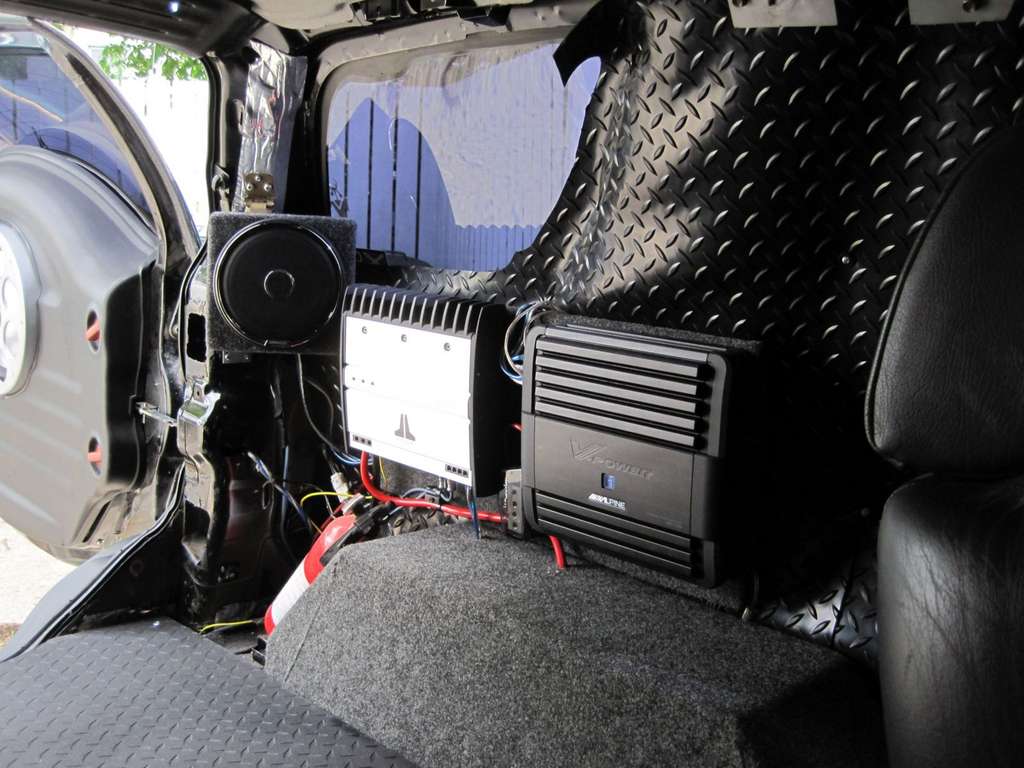ok, im gonna tune in on this one. sorry for the lengthy post, but for once, i consider myself somewhat of an experienced person on the subject.
everyone posting information- PLEASE for GODS SAKE use RMS ratings... "peak" or maximum ratings are completely useless and make no sense.
Beau was completely right on this one, RMS ratings are 'continual' power. So they are accurate ratings taken on each and every item when its made.
jharris-
one of the most important things for a good sounding and long lasting system is to match your RMS ratings on all your products. The best anology i've ever heard for matching your power is this- give a football player one cup of water and see how long he can perform at 100 percent, give him a whole jug of water and he will take however much of it he wants.
It works the same for 12v systems, overpowering is fine, underpowering is very bad.
first, subs-
the bazooka's you listed are 200w RMS. so, depending on whether they are single or dual voice coil, you theoretically need a 400w RMS amp.
so, first find out if they are single or dual voice coils (also find out if they are 2,4 or 8 ohms per voice coil)... any local shop can throw a DMM (digital multimeter) on them and tell you exactly what they are. Once you find that out, let me know what your shop tells you and i'll be happy to help you find an appropriate amp.
speakers-
90 percent of speakers are 4ohms each. (infinity and bose are good examples of exclusions, they are 2 ohms or 1 ohm)
and speakers can range 40-120w RMS (each).
factory decks are around 8-10w RMS and aftemarket ones range 12-20w RMS. so, your giving your speakers 10w, when they require 50w. they arent gonna last long. although, most people run speakers directly off the deck and work fine for years, they will definately last MUCH longer and SOUND 80 percent better with an amp giving them the proper power.
so, thats the over-analyzed, difficult answer to a relatively basic question 
i honestly wouldnt worry much about amplifying your speakers, focus on your subs and you will probably be happy with the results.
go to the local shop and ask them to tell you the resistance per sub, and we'll find a good set up for you.
"Do Not Seek Praise. Seek Criticism."
"If You Can't Solve A Problem, It's Because You're Playing By The Rules."
"The Perosn Who Doesn't Make Mistakes Is Unlikely To Make Anything."
-Paul Arden




 Reply With Quote
Reply With Quote









